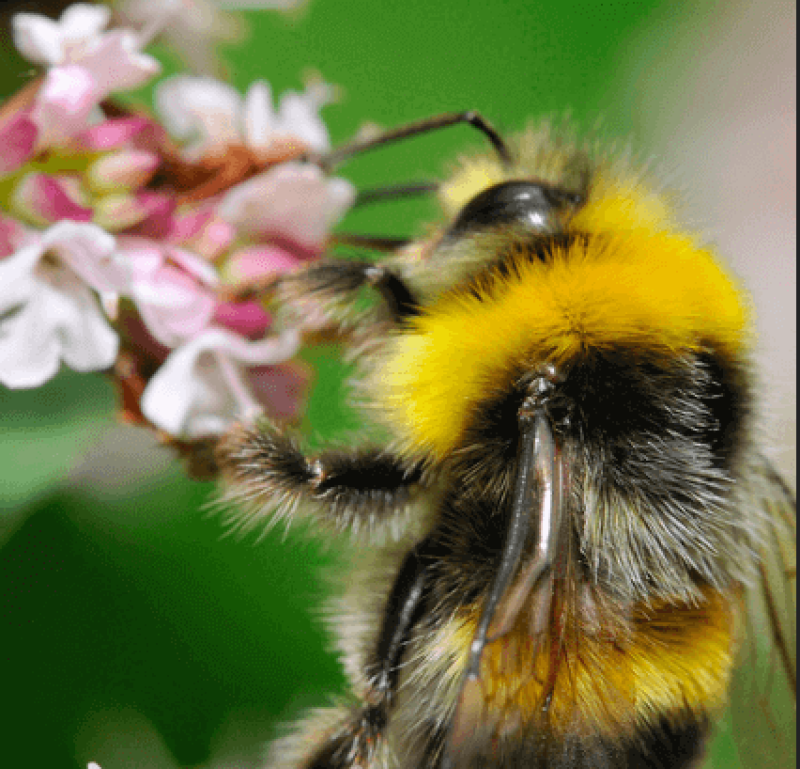The new Trump Administration is now taking shape, amid bountiful signals that it will not blindly accept or rubberstamp previous environmental prescriptions.
…
The European Union and Canada are providing object lessons in how not to regulate. Trump officials might want to take notice – and deliberately avoid their practices, or malpractices.
…
Anti-pesticide activists have long sought to blame neonics for honeybee health problems of recent years. In 2013, their well-funded advocacy campaigns played a major role in pushing the EU’s decision-making European Commission to impose a two-year ban on using neonicotinoids on bee-attractive crops.
…
…[D]espite accumulating evidence that managed bee populations are not now and never were in any danger of collapse or extinction. That evidence includes the EU’s very own … EPILOBEE studies, as well as nearly a dozen large-scale field studies from around the world.
. . . .
[The European Food Safety Authority’s, (EFSA)] entire assessment of these crop protection products is based on criteria for which data can be accepted and deemed relevant (and which can be ignored), as laid out in EFSA’s ‘Bee Guidance Reference Document’ (BGRD) – devised in 2013…No chemical can both be effective in controlling crop pests and at the same time pass the unrealistically stringent tests imposed by the EU’s BGRD. …
That’s why EU member nation governments have refused to approve the BGRD for three years.
But … the mere fact that member governments have repeatedly refused to approve a guidance document … doesn’t prevent it from being used … to do precisely that: assess, estimate, or guess chemical risks to pollinators – as if the document actually had been approved.
The GLP aggregated and excerpted this blog/article to reflect the diversity of news, opinion and analysis. Read full, original post: How NOT to Regulate Pesticides: EU, Canada Lessons for Trump (Part I)































